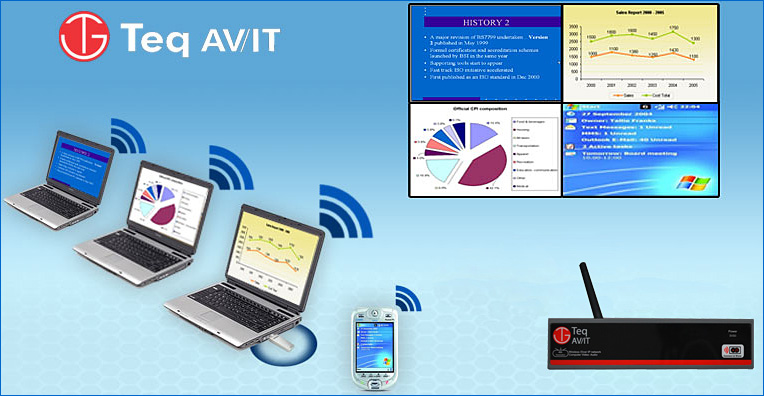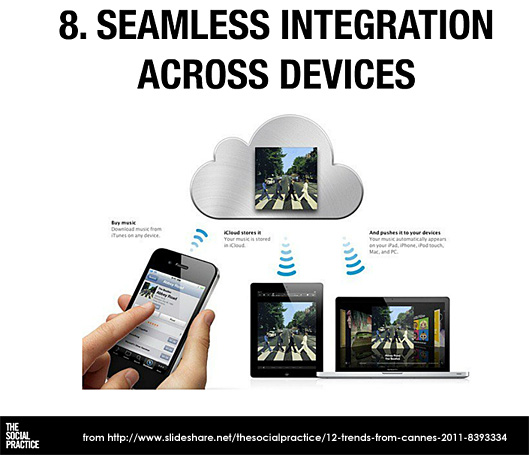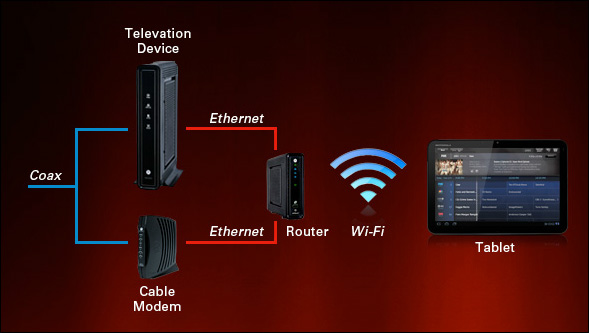Reflections from DSC (additional emphasis by DSC):
I ran across Braden Kelley’s posting over at Blogging Innovation that’s entitled, “An Innovation Perfect Storm? In that posting, Braden lays out a powerful vision that he’s had for at least 2 years:
I believed two years ago and still believe that what the world needs is not more smart devices, but more flexible and plentiful dumb devices that are driven by the one smart device to rule them all – an extensible smart phone that can not only drive multiple display and input devices wirelessly, but also augment its processing and storage capabilities via wireless devices or the cloud.
Besides mentioning Motorola’s Atrix, RIM’s Blackberry Playbook , and Nintendo’s WiiU, Braden focuses on Apple’s product line. But later on in his posting, he provides a link to Teq’s WiD410 product — a conference room flat panel solution:

Braden’s vision caused me to piggyback on my vision for what I’d like to see in our Smart Classrooms — the ability for students to quickly and easily project/”play” their content for others in the class to see — without interrupting the flow of the class.
This concept holds true for corporate conference rooms & training centers as well.
Addendum/see also:

















